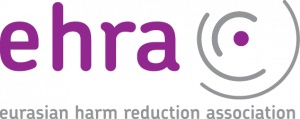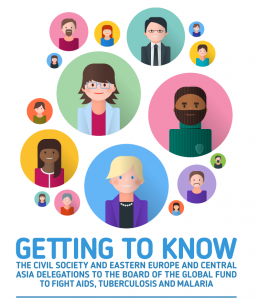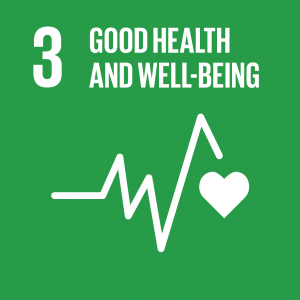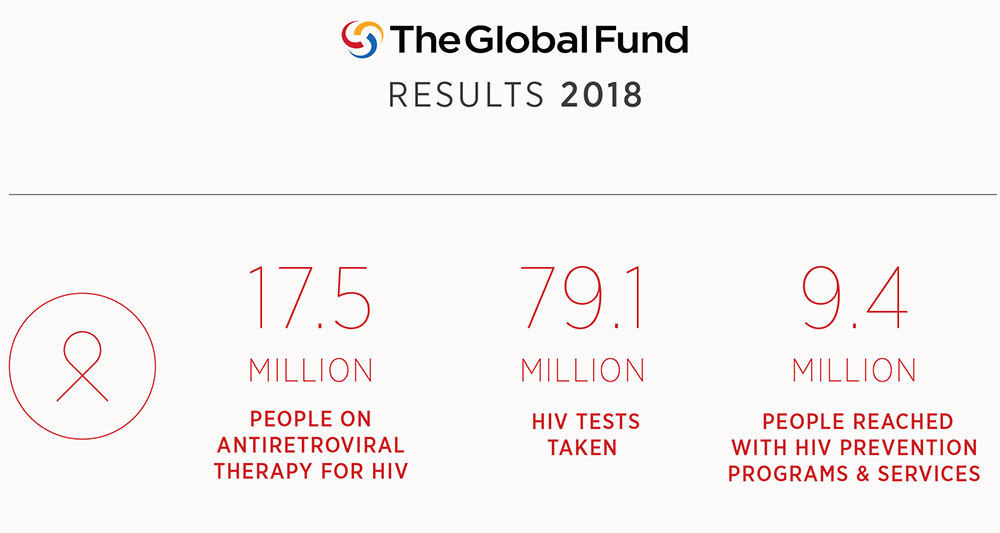Taken from a UNAIDS press release
The pace of progress in reducing new HIV infections, increasing access to treatment and ending AIDS-related deaths is slowing down according to a new report released on 16 July 2018 by UNAIDS. UNAIDS’ Global AIDS Update, Communities at the centre, shows a mixed picture, with some countries making impressive gains while others are experiencing rises in new HIV infections and AIDS-related deaths
“We urgently need increased political leadership to end AIDS,” said Gunilla Carlsson, UNAIDS Executive Director, a.i., “This starts with investing adequately and smartly and by looking at what’s making some countries so successful. Ending AIDS is possible if we focus on people, not diseases, create road maps for the people and locations being left behind, and take a human rights-based approach to reach people most affected by HIV.”

The report shows that key populations and their sexual partners now account for more than half (54%) of new HIV infections globally. In 2018, key populations – including people who inject drugs, gay men and other men who have sex with men, transgender people, sex workers and prisoners – accounted for around 95% of new HIV infections in eastern Europe and central Asia and in the Middle East and North Africa.
However, the report also shows that less than 50% of key populations were reached with combination HIV prevention services in more than half of the countries that reported. This highlights that key populations are still being marginalized and being left behind in the response to HIV.
Globally, around 1.7 million people became newly infected with HIV in 2018, a 16% decline since 2010, driven mostly by steady progress across most of eastern and southern Africa. South Africa, for example, has made huge advances and has successfully reduced new HIV infections by more than 40% and AIDS-related deaths by around 40% since 2010.
However, there is still a long way to go in eastern and southern Africa, the region most affected by HIV, and there have been worrying increases in new HIV infections in Eastern Europe and Central Asia (29%), in the Middle East and North Africa (10%) and in Latin America (7%).
Disconcertingly, the report shows that the gap between resource needs and resource availability is widening. For the first time, the global resources available for the AIDS response declined significantly, by nearly US$ 1 billion, as donors disbursed less and domestic investments did not grow fast enough to compensate for inflation. In 2018, US$ 19 billion (in constant 2016 dollars) was available for the AIDS response, US$ 7.2 billion short of the estimated US$ 26.2 billion needed by 2020.
To continue progress towards ending AIDS, UNAIDS urges all partners to step up action and invest in the response, including by fully funding the Global Fund to Fight AIDS, Tuberculosis and Malaria with at least US$ 14 billion at its replenishment in October and through increasing bilateral and domestic funding for HIV.
Progress is continuing towards the 90–90–90 targets. Some 79% of people living with HIV knew their HIV status in 2018, 78% who knew their HIV status were accessing treatment and 86% of people living with HIV who were accessing treatment were virally suppressed, keeping them alive and well and preventing transmission of the virus.
Communities at the centre shows however that progress towards the 90–90–90 targets varies greatly by region and by country. In Eastern Europe and Central Asia for example, 72% of people living with HIV knew their HIV status in 2018, but just 53% of the people who knew their HIV status had access to treatment.
AIDS-related deaths continue to decline as access to treatment continues to expand and more progress is made in improving the delivery of HIV/tuberculosis services. Since 2010, AIDS-related deaths have fallen by 33%, to 770 000 in 2018.
Progress varies across regions. Global declines in AIDS-related deaths have largely been driven by progress in eastern and southern Africa. In Eastern Europe and Central Asia however, AIDS-related deaths have risen by 5% and in the Middle East and North Africa by 9% since 2010.

Communities at the centre shows that the full range of options available to prevent new HIV infections are not being used for optimal impact. For example, pre-exposure prophylaxis (PrEP), medicine to prevent HIV, was only being used by an estimated 300 000 people in 2018, 130 000 of whom were in the United States of America. In Kenya, one of the first countries in sub-Saharan Africa to roll out PrEP as a national programme in the public sector, around 30 000 people accessed the preventative medicines in 2018.
The report shows that although harm reduction is a clear solution for people who inject drugs, change has been slow. People who inject drugs accounted for 41% of new HIV infections in Eastern Europe and Central Asia and 27% of new HIV infections in the Middle East and North Africa, both regions that are lacking adequate harm reduction programmes.
Gains have been made against HIV-related stigma and discrimination in many countries but discriminatory attitudes towards people living with HIV remain extremely high. There is an urgency to tackle the underlying structural drivers of inequalities and barriers to HIV prevention and treatment, especially with regard to harmful social norms and laws, stigma and discrimination and gender-based violence.
Criminal laws, aggressive law enforcement, harassment and violence continue to push key populations to the margins of society and deny them access to basic health and social services. Discriminatory attitudes towards people living with HIV remain extremely high in far too many countries. Across 26 countries, more than half of respondents expressed discriminatory attitudes towards people living with HIV.
The report highlights how communities are central to ending AIDS. Across all sectors of the AIDS response, community empowerment and ownership has resulted in a greater uptake of HIV prevention and treatment services, a reduction in stigma and discrimination and the protection of human rights. However, insufficient funding for community-led responses and negative policy environments impede these successes reaching full scale and generating maximum impact.
UNAIDS urges countries to live up to the commitment made in the 2016 United Nations Political Declaration on Ending AIDS for community-led service delivery to be expanded to cover at least 30% of all service delivery by 2030. Adequate investments must be made in building the capacity of civil society organizations to deliver non-discriminatory, human rights-based, people-centred HIV prevention and treatment services in the communities most affected by HIV.

To read full report follow this link>>>
DPNSEE have made an excerpt with the country data for 10 countries of the region, which you can download following this link>>>


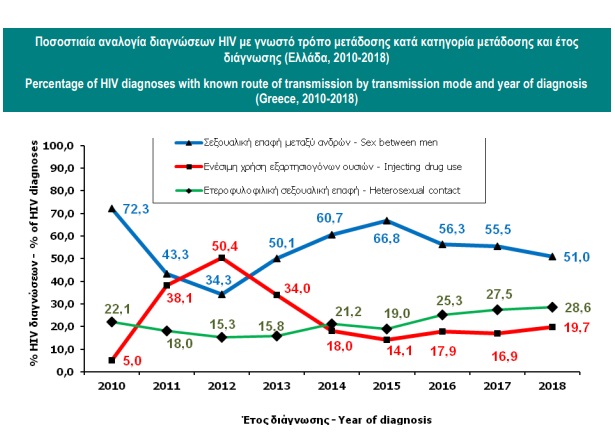
 The National Public Health Organisation (
The National Public Health Organisation (
 To read the full report,
To read the full report, 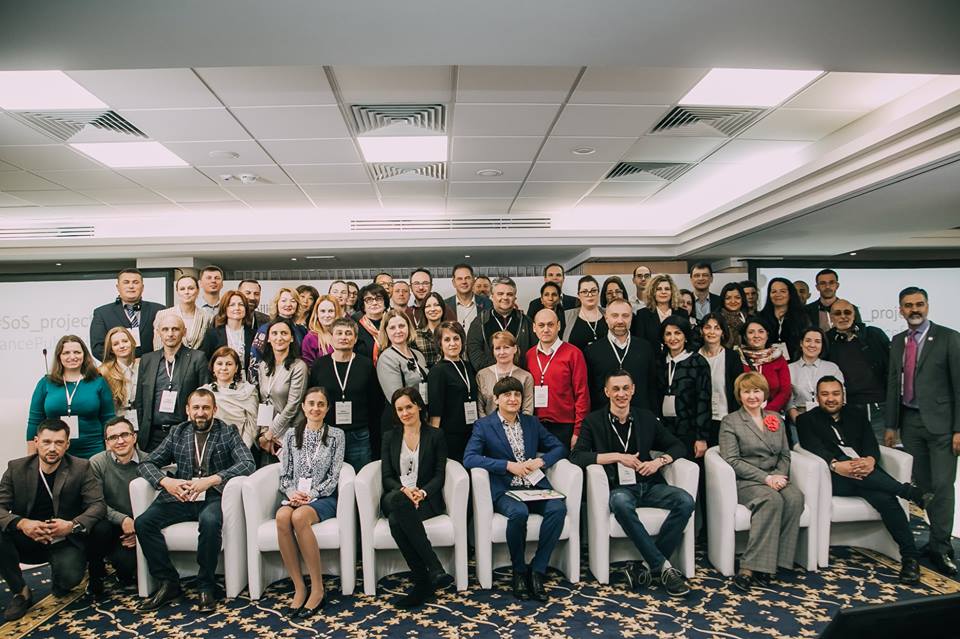

 Andriy Klepikov, the Executive Director of the Alliance for Public Health, said that almost half of these funds ($ 5.6 million) will go to the advocacy of the reduction of prices for ARV drugs and optimization of procurement mechanisms. Another quarter of the project budget ($ 3.2 million) is planned for budget advocacy. $ 1.6 million is provided for the removal of legal barriers, the same amount for project management. Another $ 1 million will go to operational research.
Andriy Klepikov, the Executive Director of the Alliance for Public Health, said that almost half of these funds ($ 5.6 million) will go to the advocacy of the reduction of prices for ARV drugs and optimization of procurement mechanisms. Another quarter of the project budget ($ 3.2 million) is planned for budget advocacy. $ 1.6 million is provided for the removal of legal barriers, the same amount for project management. Another $ 1 million will go to operational research.

